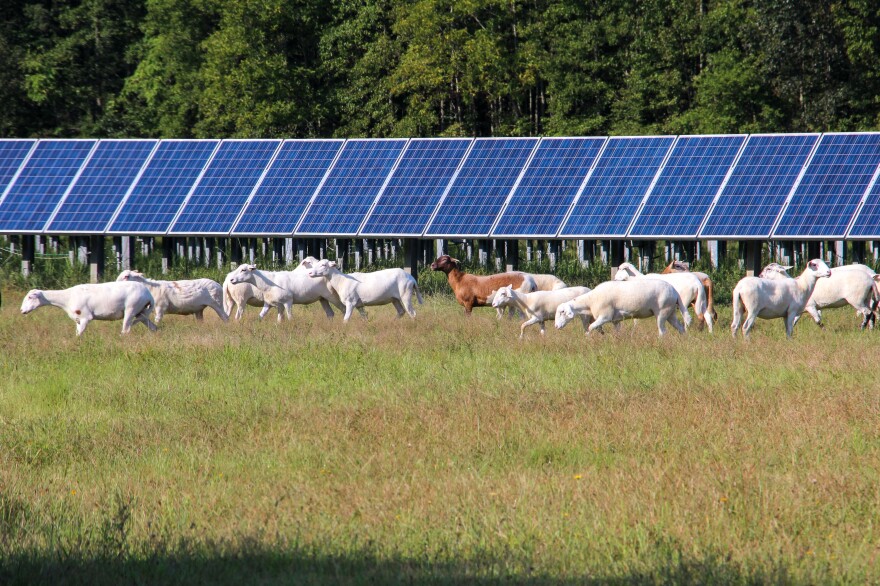Ohio added 879 new jobs in the solar energy industry last year, according to a new study from BW Research Partnership.
Larry Sherwood is the CEO of the nonprofit, The Interstate Renewable Energy Council, that commissioned the comprehensive study. It took data from the Department of Energy's 2022 United States Energy and Employment Report and from follow-up surveys of individual solar energy companies.
Sherwood said Ohio's relatively strong solar energy job numbers can be attributed to a few things.
"The number of installations in Ohio is growing and growing rapidly, and Ohio also has more manufacturing jobs than most other states," he said in an interview with WYSO.
Most of the state's manufacturing jobs are at the First Solar panel factory near Toledo. First Solar is slated to be the largest solar panel producer outside of China by 2023.
More locally, companies have applied to build utility-scale solar installations in Champaign, Clinton, Greene, Logan and Preble counties. Thousand-plus acre solar farms have already been constructed and are up and running in Brown, Hardin and Highland counties. The IBEW Local 82 in Dayton now includes solar panel work in its electrician apprenticeship training program to help meet the local demand.

Despite the growth in Ohio's solar energy industry in 2021, Sherwood said 2022 brought some headwinds.
"There have been trade issues that have caused difficulty in importing some solar products. There have also been general supply chain issues that we've seen throughout the economy after the pandemic, and then the lack of a real long term policy on the national level has also inhibited growth."
At the state level, legislation has also inhibited renewable energy's growth in Ohio. Specifically, HB6 and SB52 subsidized coal and nuclear energy generation and added hurdles to utility-scale solar development respectively.
Chris Welter is a reporter and corps member with Report for America, a national service program that places journalists into local newsrooms.
Copyright 2022 WYSO. To see more, visit WYSO.



